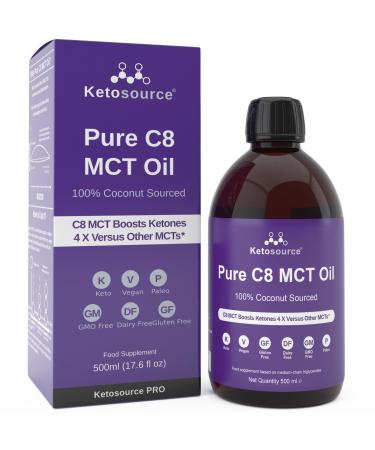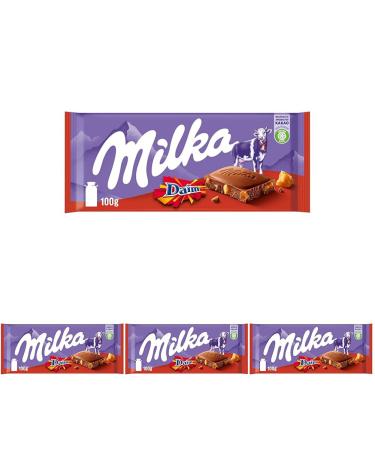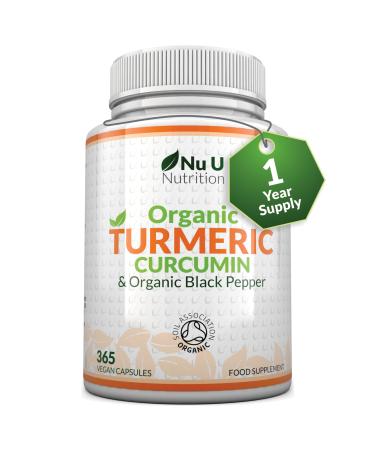Felicia medium large adult lamb
Why low-grain and hypoallergenic felicia ?
- To ensure that our lovely friends can eat in accordance with their natural living conditions and live healthier, together with our nutritionists,
- We have prepared a special hypoallergenic formula with a reduced grain content.
- Felicia, with its highly digestible animal protein sources, has been specially developed for digestive and allergy sensitivities.
- Free of beef, dairy products, wheat, soy, potatoes, artificial sweeteners, colors, chemical flavors, and other substances associated with allergic reactions.GMO-free!
Felicia medium large adult lamb:
- Felicia adult lamb is a special food for sensitive adult dogs.
- Blending the optimal protein content from real lamb with the delicious flavor of anchovy, it meets all the special needs of adult large breeds.
- Because large breed dogs are prone to joint problems, Felicia Adult Lamb is enriched with a high amount of glucosamine and chondroitin.
- Furthermore, the combination of omega 3-6 fatty acids it contains supports the maintenance of healthy skin and contributes to the development of a vibrant, silky, and shiny coat.
With regular consumption:
- Our lovely friend
- You can observe that the immune system is strengthened,
- The amount and odor of stool are reduced,
- Strong and shiny fur is formed,
- Urinary tract and kidney health are protected,
- Digestibility is increased, and a dynamic body structure is achieved.
Ingredients:
- Dried lamb protein ( ),
- Hydrolyzed boneless lamb protein ( ),
- Baldo rice, corn, refined chicken oil, peas,
- Anchovy meal, brewer's yeast, anchovy oil, carob,
- Nucleotide yeast protein, dried sugar beet,
- Minerals, prebiotic mannan oligosaccharides,
- Seaweed, blueberry powder,
- Yucca extract, psyllium, marigold powder.
Analytical components:
- Protein:
- Fat content:
- Crude ash: 8
- Crude fiber: 2.5
- Omega-6: 3.5
- Omega-3: 0.7
Vitamins and other supplementary ingredients:
- Vitamin a (E672): 20,000 IU kg
- Vitamin D3 (E671): 1,500 IU kg
- Vitamin E (3a700): 360 mg kg
- Vitamin C: 160 mg kg
- Niacin: 16 mg kg
- Copper (as sulfate): 15 mg kg
- Zinc (as sulfate): 80 mg kg
- Zinc (as chelate): 20 mg kg
- Manganese (as sulfate): 27 mg kg
- Selenium (as selenite): 0.26 mg kg
- Glucosamine: 1,000 mg kg
- Chondroitin: 700 mg kg
- EU-approved oxidants
Transition process when changing food:
- You should always transition your pet to a new food gradually.
- Suddenly changing your food can cause health problems in your pet.
- Gradually mixing the new and old food is important to allow the digestive system and metabolism to adapt to the new feeding pattern.
- This gradual transition will help reduce the likelihood of developing stomach upset and stomach cramps following the food change.
- To prevent your pet from having trouble adapting to a new habit,
- You should gradually introduce the new food over a period of one week.
- Each day, you should increase the proportion of the new food and decrease the proportion of the old food.
- You should never add homemade food to the diet during the transition to the new food.
- For your pet that's fussy about food,
- Try feeding the new food from your hand like a treat.
- Always have clean, fresh water available alongside the food.
- Your pet should not be left hungry when starting a new food.
- When you start a new food, constantly check your pet's stool,
- Energy levels, and signs of possible allergies and gastrointestinal distress.
- First 3 days25 new food 75 old food
- Second 3 days50 new food 50 old food
- Third 3 days75 new food 25 old food
- Fourth 3 days100 new food













